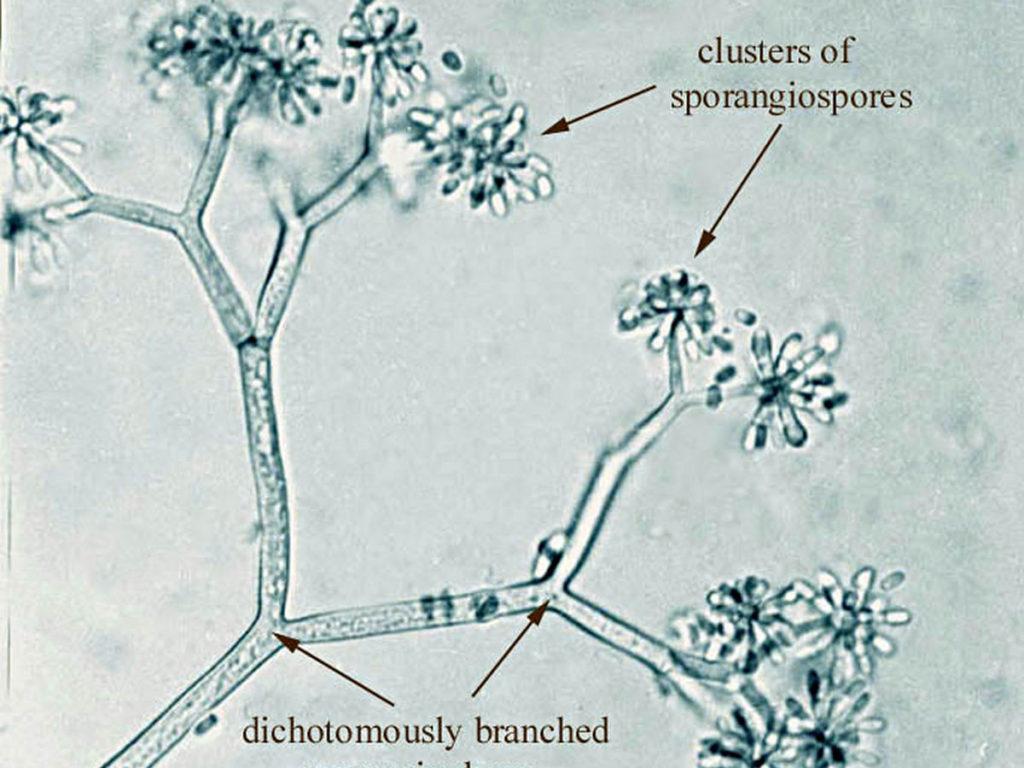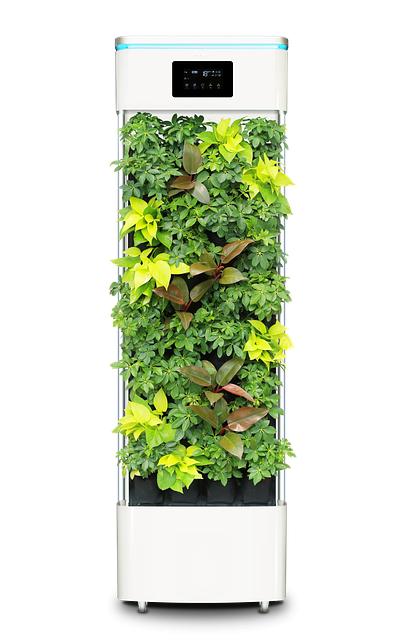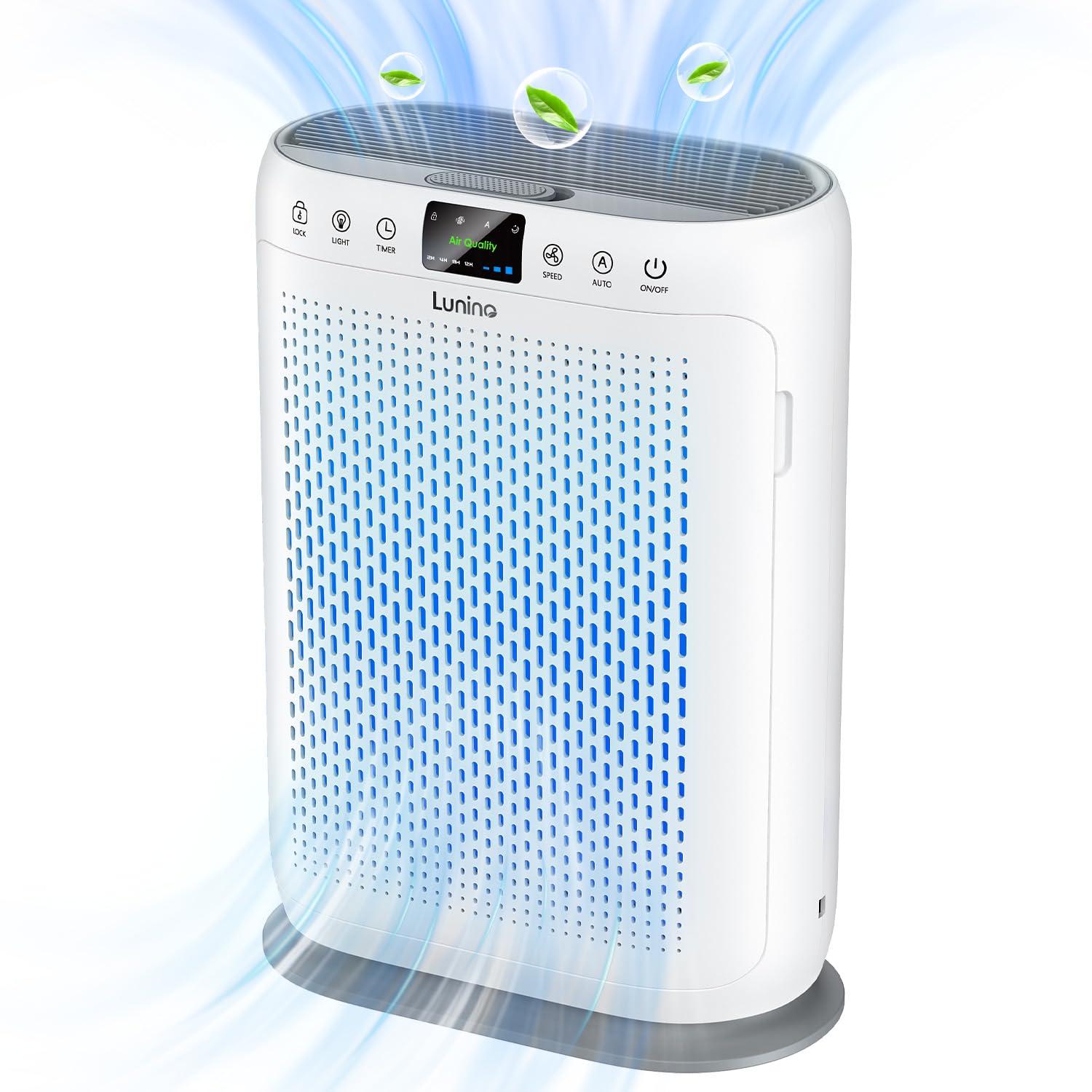Mold, a tenacious intruder lurking in damp corners and hidden spaces, poses significant challenges to our health and well-being. As we become increasingly aware of the impact of indoor air quality on our lives, the quest for effective solutions intensifies. Enter the air purifier—a device that promises to cleanse our spaces and safeguard us from airborne pollutants. But can these machines truly combat the persistent problem of mold, especially in humid environments where it thrives? In this article, we delve into the science behind air purifiers, exploring their capabilities and limitations in the fight against mold. Through rigorous testing and analysis, we aim to unravel the truth about their effectiveness, shedding light on how these devices can be a valuable ally in our ongoing battle for cleaner, healthier air. Join us as we navigate the intricate relationship between humidity, mold, and the technologies designed to protect us.
Understanding Mold Growth in Humid Environments
Mold thrives in environments where moisture levels are high, making humid areas particularly susceptible to infestations. Understanding how humidity influences mold growth is crucial for effective prevention and remediation. When humidity exceeds 60%, the conditions become ripe for mold spores to settle and multiply. Common sources of excess moisture include:
- Inadequate ventilation
- Water leaks
- Condensation
- High indoor humidity from activities like cooking and showering
To combat mold growth in these settings, it’s essential to maintain a balanced indoor environment. Utilizing air purifiers specifically designed to filter airborne mold spores can significantly reduce the mold load. However, not all air purifiers are created equal. When selecting an air purifier, consider factors such as:
- HEPA Filters: These can trap particles as small as 0.3 microns, including most mold spores.
- Moisture Control: Dehumidifying capabilities can further inhibit mold growth.
- CADR Ratings: A higher Clean Air Delivery Rate indicates better performance in filtering air quickly.

Evaluating the Effectiveness of Air Purifiers Against Mold Spores
The effectiveness of air purifiers against mold spores can vary significantly based on several factors, including the type of filter used, the purifier’s design, and the specific environment in which it operates. Many air purifiers utilize HEPA (High-Efficiency Particulate Air) filters, which are designed to capture particles as small as 0.3 microns with an efficiency rating of 99.97%. This makes them particularly effective against mold spores, which typically range from 5 to 30 microns. Furthermore, when assessing their efficacy, consider the room size and the air changes per hour (ACH) rate, which determines how many times the air purifier can clean the entire volume of air within a set period. A higher ACH is crucial in damp and humid environments where mold thrives.
In addition to HEPA filters, some air purifiers include UV-C light or ionic technologies, which can further enhance mold spore reduction by inactivating them. However, the effectiveness of these additional features can be variable and may not address all aspects of mold mitigation. When evaluating their performance, it’s essential to assess specific tests conducted under controlled conditions, such as:
| Purifier Type | Mold Spore Reduction (%) | Room Size (sq ft) |
|---|---|---|
| HEPA Only | 95% | 300 |
| HEPA + UV-C | 99% | 300 |
| Ionic + HEPA | 85% | 350 |
Overall, a comprehensive evaluation of air purifiers in humid environments requires consideration of their design, filtration capabilities, and specific test results. A well-chosen air purifier can significantly reduce the presence of mold spores, contributing to a healthier indoor environment.

Key Features to Look for in an Air Purifier for Mold Control
When selecting an air purifier specifically for mold control, certain features are crucial to ensure effective filtration and air quality improvement. HEPA filters are among the most critical components; they are designed to capture particles as small as 0.3 microns with an efficiency of 99.97%, which includes mold spores. Coupled with this, activated carbon filters are indispensable for removing odors and volatile organic compounds (VOCs) commonly associated with mold growth. Additionally, consider purifiers with a high air change rate; the higher the rate, the more frequently the air is cleaned in a given space, providing more thorough mold spore removal.
Beyond filters, evaluating the UV-C light technology in an air purifier can enhance mold control, as it aids in neutralizing mold spores and pathogens. An air purifier with a hygrometer feature is also beneficial; it measures humidity levels, allowing you to monitor and maintain optimal conditions for mold prevention—ideally between 30% and 50% humidity. Finally, check for noise levels; a quieter model ensures that you can run it continuously without disruption while maintaining a comfortable indoor environment.

Best Practices for Optimal Use of Air Purifiers in Humid Conditions
To achieve the best results when using air purifiers in humid environments, it’s crucial to strategically position your units. Place air purifiers in areas where mold is likely to develop, such as near bathrooms, kitchens, and basements. Ensure that the air purifier is located at least a few feet away from walls or furniture to allow for unrestricted air circulation. Consider using multiple units in larger spaces or homes to cover wider areas efficiently. Additionally, utilizing the purifier during peak humidity hours, typically in the late afternoon or early evening, can significantly enhance its effectiveness.
Regular maintenance is key to keeping your air purifier functioning optimally in high humidity. Change filters according to the manufacturer’s guidelines, as clogged filters reduce airflow and filter efficiency. Investing in a unit with a dehumidifying feature can further improve air quality by lowering moisture levels, thereby hindering mold growth. Moreover, it is beneficial to periodically monitor indoor humidity levels using a hygrometer; maintaining humidity between 30-50% is ideal for both comfort and mold prevention.
Insights and Conclusions
In conclusion, the battle against mold has taken on new dimensions in our increasingly humid environments, prompting the question: Can air purifiers be an effective ally? While the evidence suggests that these devices can significantly reduce airborne mold spores and improve indoor air quality, it’s essential to remember they are not a panacea. Proper maintenance, targeted humidity control, and thorough cleaning remain crucial components in the fight against mold growth. As we continue to navigate this delicate balance, understanding the limitations and capabilities of air purifiers will empower us to create healthier living spaces. As we close this exploration, may we approach our environments with informed awareness and proactive measures, fostering a home that not only breathes easier but also thrives free from the threat of mold.




